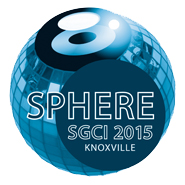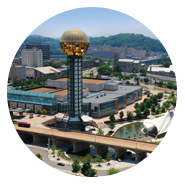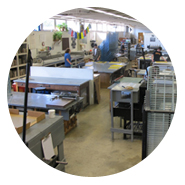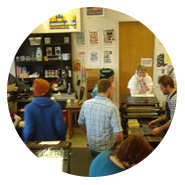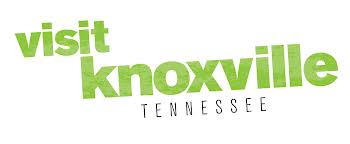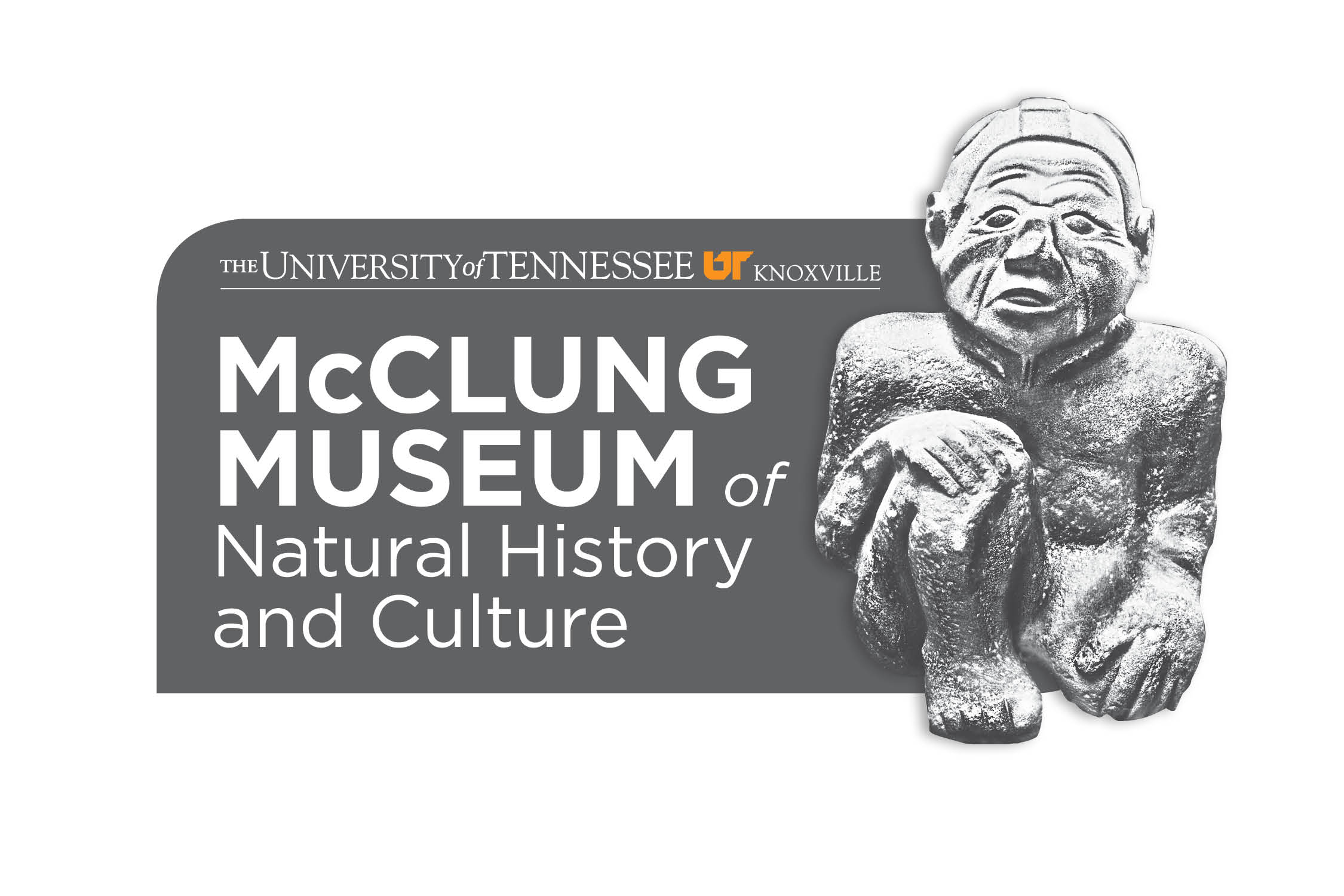panel session G2
A CREATIVE SPHERE: ARTIST RESIDENCIES II

FRIDAY MARCH 20, 1:45-3:15PM
KNOXVILLE CONVENTION CENTER, LECTURE HALL
Session Chair: Nick DeFord, Arrowmont School of Arts and Crafts, Gatlinburg, Tennessee, USA
Email: ndeford@gmail.com
This second of a two-part session provides an opportunity to learn about residencies available to artists outside of the United States.. Residencies provide time and facilities to pursue creative work and research. Topics to consider: How does the location of the residency inform the program? What makes a successful residency proposal and how can artists make the best use of their time? How does one measure a successful residency? Are residencies primarily for emerging artists? What are the expectations of the institutions that offer residencies and those of the resident artists - and how do these expectations relate to one other?
Presenter 1: Mariana Smith, Columbus College of Art and Design, Columbus, Ohio, and
Lorenzo de Castro, Scuola Internazionale di Grafica, Venice, Italy
Paper Title: La Serenissima Watermark: A Conversation about the Printmaking Residencies in Venice, Italy
International artist residency without a question, offers a great opportunity for the creative development. When it comes to Venice, there are endless opportunities for the historic research. Furthermore, with the advent of The Venice Biennale, this city becomes a unique contemporary art focal point. Lorenzo de Castro—the Program Director, and Mariana Smith—resident artist, will address the dynamics of this residency program, the institutional expectations and how do these in turn, affect the artist’s residency projects. Both presenters will address the similarities and differences between the traditional American Artist Colony residency format and the unique Scuola programming along with the corresponding challenges facing an American artist in Venice. This presentation will provide the audience with a chance to consider issues from the institutional and the artist–in-residence points of view and will dispel many misperceptions about international residencies being a daunting challenge for an emerging artist.
Presenter 2: Jonathan McFadden, University of Kentucky, Lexington, Kentucky, USA
:Paper Title: Global Residencies:
How International and National Residences Can Influence the Creative Process and Your Career Path
From the first time an artist receives a residency opportunity they are hooked. They can influence the way you make work, help elevate your career, or impact the course of your research. Whether urban or rural the culture surrounding a residency program will give you a new perspective on that location. The timeframe of a residency can leave you with the feeling you have just made a breakthrough when the month is up. A long-term residency can allow you to work through issues, fail, and ultimately develop a strong body of work. The location, culture, facilities and experiences are engrained in you the moment you leave. The effects of a successful residency experience will reveal themselves for years to come
Presenter 3: James Boychuk-Hunter, The University of Tennessee, Knoxville, Tennessee,
USA
Paper Title: From Wroclaw to Lviv: Making the Most From a Residency Opportunity
In the spring of 2014 James Boychuk-Hunter was involved in a printmaking exchange residency in Wroclaw Poland. He had been aware of the printmaking tradition that Poland is famous for, but with the exception of a handful of artists, was less aware of what kind of prints were being produced in Ukraine. Since Boychuk-Hunter is of Ukrainian heritage, he had a vested interest in investigating this. In preparation for the trip to Poland he contacted a faculty member at The National Academy of Art in Lviv. James began corresponding with Vasil Kosiv, a professor of graphic design, with the intention of organizing a visit. From this, an exchange exhibition resulted and James was able to visit the Academy and present his work and his experiences as a graduate student at the University of Tennessee.
